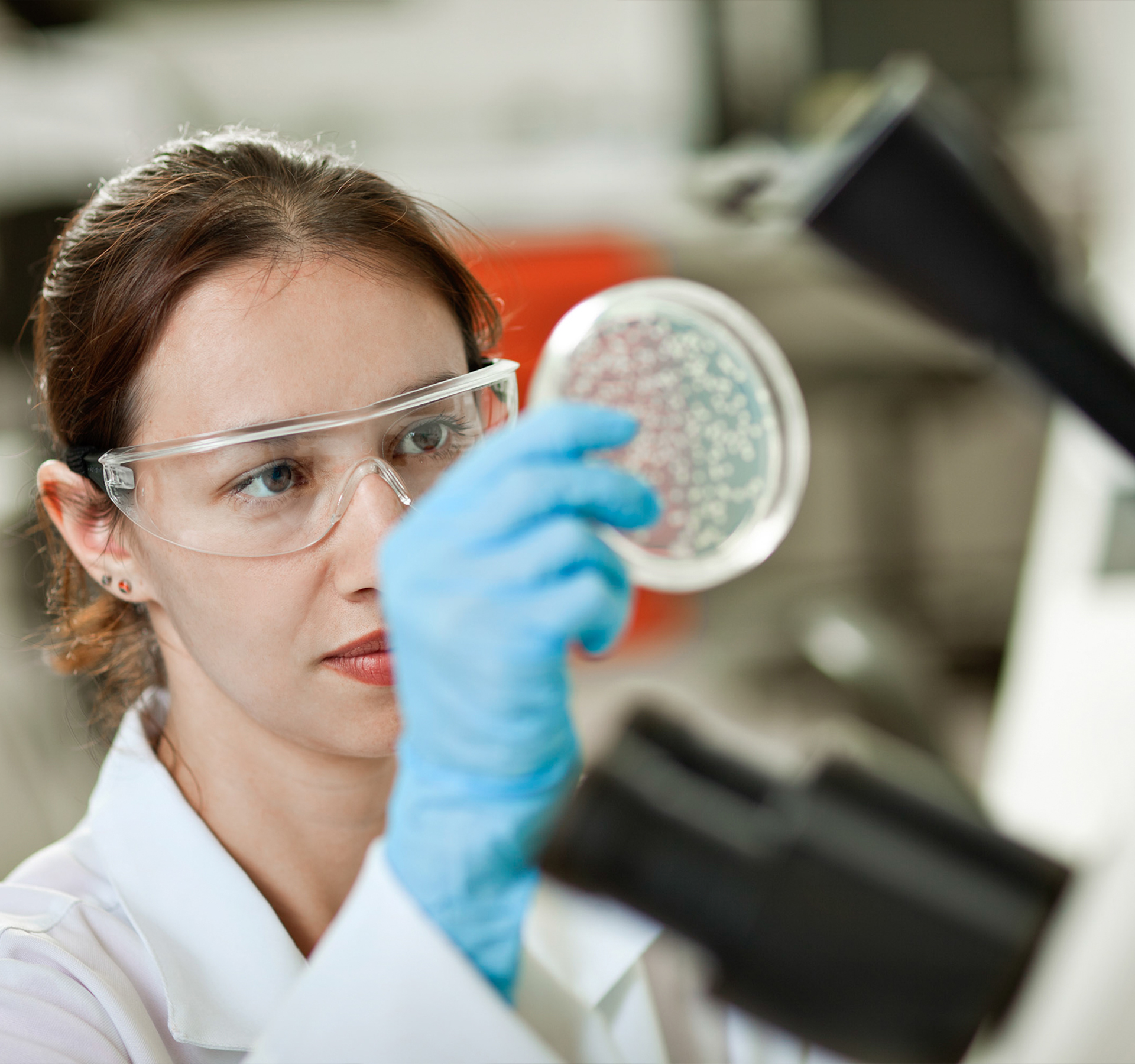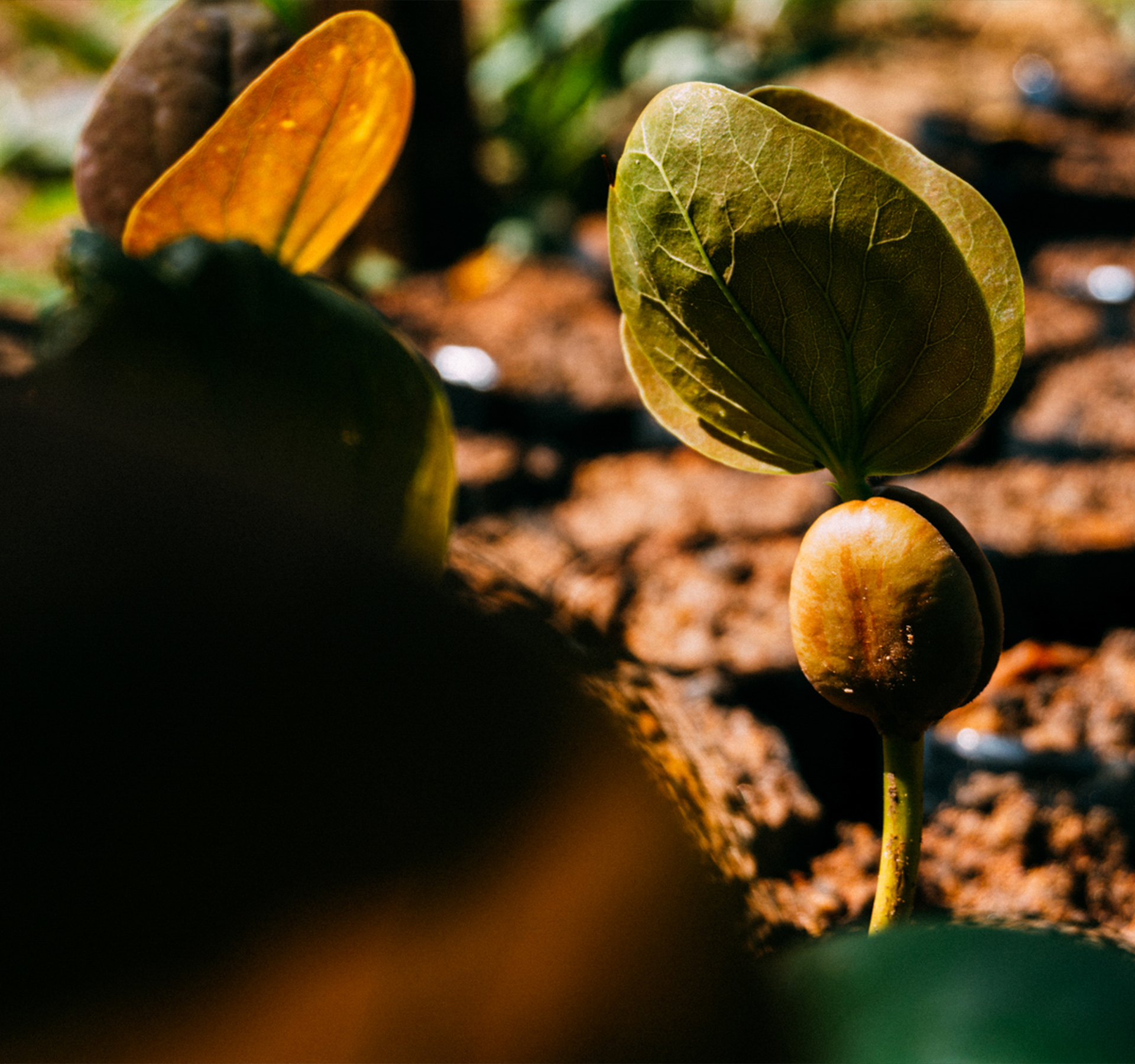
STANDARDS
Ethanol is the fuel of the present and the future of sustainable mobility. It’s the fuel of transformation. With ethanol, São Paulo’s sky went from grey to blue. Less pollution, more health. And we are ready to support more countries to bring back their blue skies.The current Brazil specification is 27% v/v of anhydrous ethanol blended with gasoline. Anhydrous ethanol is a pure substance that has at least 99.6% v/v alcoholic strength. This change was introduced following extensive testing by trade associations representing cars, motorcycles and auto-part manufacturers to demonstrate technical and environmental feasibility. Industry consensus ensured all the actors along the value chain were heard and their concerns addressed in adopting the new blending standards.
Ethanol blending results in octane improvement, but occurs only if the fuel specification requires it. Otherwise, oil companies would be incentivized to use cheaper fractions to the blend which would keep the motor octane number/research octane number (MON/RON) at the same lower-performing level.
An octane rating (or octane number) is a standard measure of an engine’s gasoline capability against compression. The octane rating of gasoline is a measure of the fuel's tendency to burn in a controlled manner. This is important to know when choosing a fuel for a particular engine. The MON/RON are reached after running tests and observing how the engine behaves with a certain fuel. Improved octane levels heighten an engine’s performance and efficiency.
E10 blends are typically rated as being two to three octane numbers higher than regular gasoline. Modern engines, designed to take advantage of higher RON from E20 blends, can reach 3% consumption efficiency with drivability improvements.

RENOVABIO - THE PROGRAM
Launched in 2017, the National Biofuels Policy (RenovaBio) is a key tool in reducing greenhouse gas emissions and helping Brazil fulfill its commitments under the Paris Climate Agreement. With the expansion of the domestic sustainable biofuels market, from production to utilization of cleaner fuels, RenovaBio suports the substitution of fossil fuels. the program went into effect in December 2019.
Guided by annual goals, the program is expected to prevent the release of more than 600 million tons of CO2 into the atmosphere over the next 10 years, by increasing the use of renewable fuels in the transport matrix.
To join the program, mills must have their production process audited, including the origin of their biomass, which must respect the zero deforestation policy. Based on the audit and product lifecycle, an energy environmental efficiency score (NEEA) is generated. The more efficient and sustainable the production, the higher the NEEA.
Based on the NEEA score, which is validated by the National Agency for Petroleum, Natural Gas and Biofuels (ANP), the producing units are allowed to generate Decarbonization Credits (CBios). In the case of ethanol, for example, companies with less carbon intensity need around 650 liters of biofuel to generate one Decarbonization Credit, which is an exchange-tradable security. Under the program, any agent (individual or legal entity) can buy CBios on the stock exchange. RenovaBio obligate fuel distributors to purchase these securities, as they must meet individual emission reduction targets. These targets take into account the volume of fossil fuel traded by the distributor.Participation in RenovaBio is not restricted to Brazilian biofuel producers. International producers can also join the program as long as they complete the production certification process.

WHAT IS CBIO?
The Decarbonization Credit (CBio) is the main asset to promote greenhouse gas emissions reduction in the transport sector in Brazil. Each credit represents one ton of CO2 equivalent that was prevented from being emitted by fossil fuel. Being an exchange-tradable security, the CBio will allow biofuel production in Brazil to be even more sustainable, with investments in new technologies and efficiency.
The credit can be used by anyone as a way of neutralizing their CO2 emissions. Since the program began in December 2019, more than 100 million CBios have been generated. In other words, more than 100 million tons of CO2 have ceased to be emitted.

